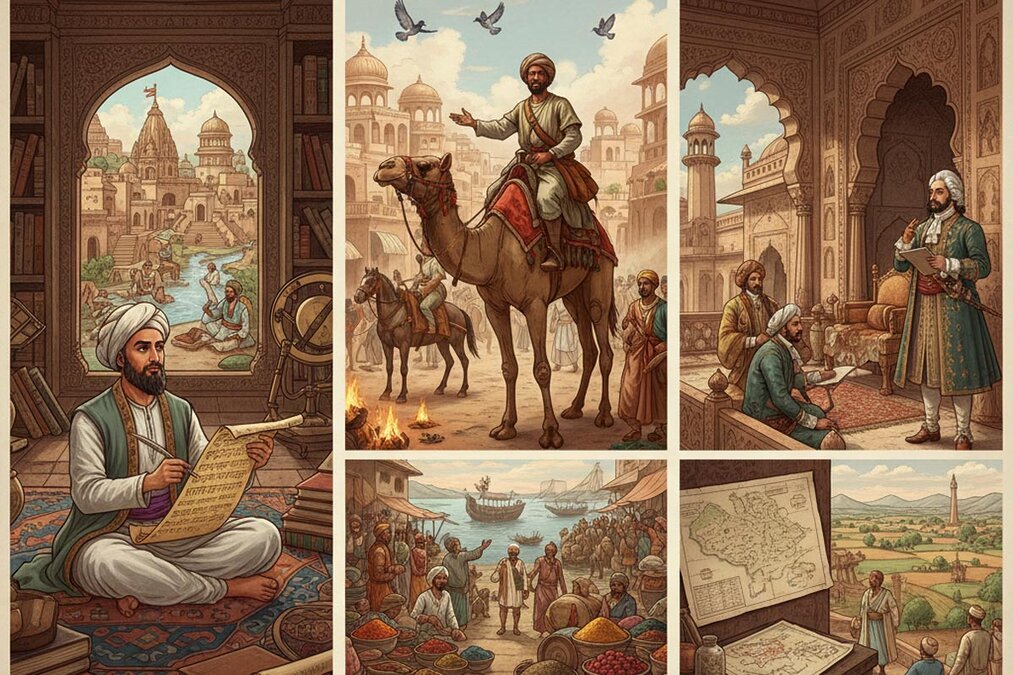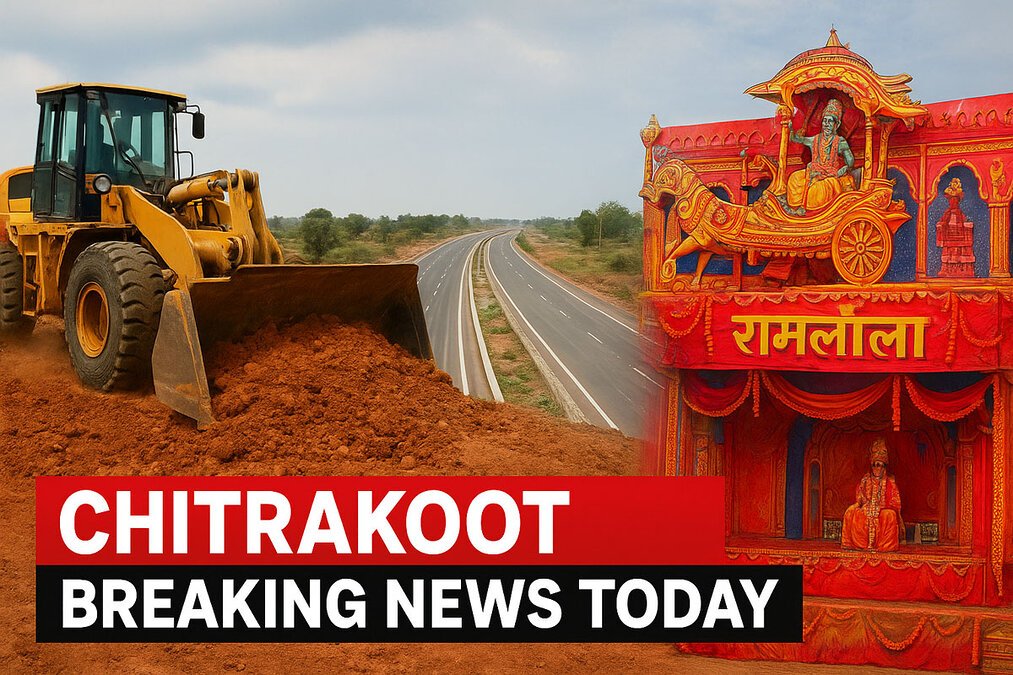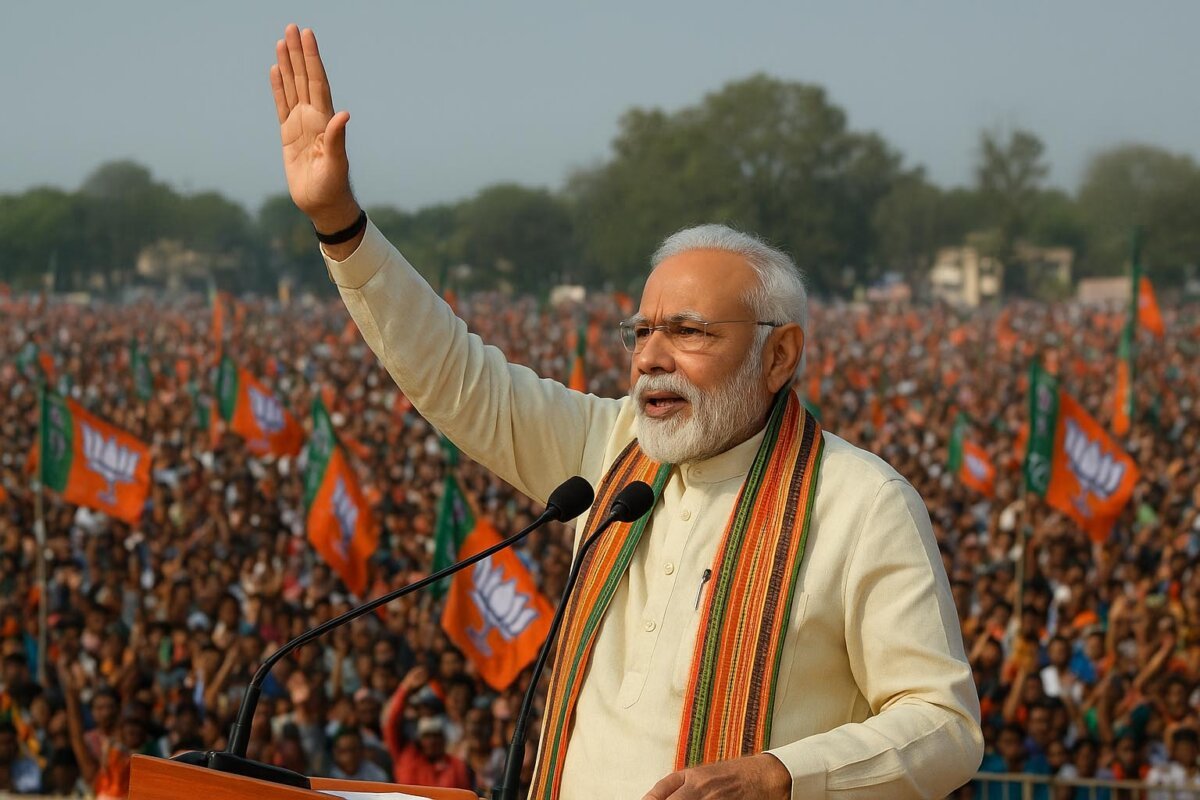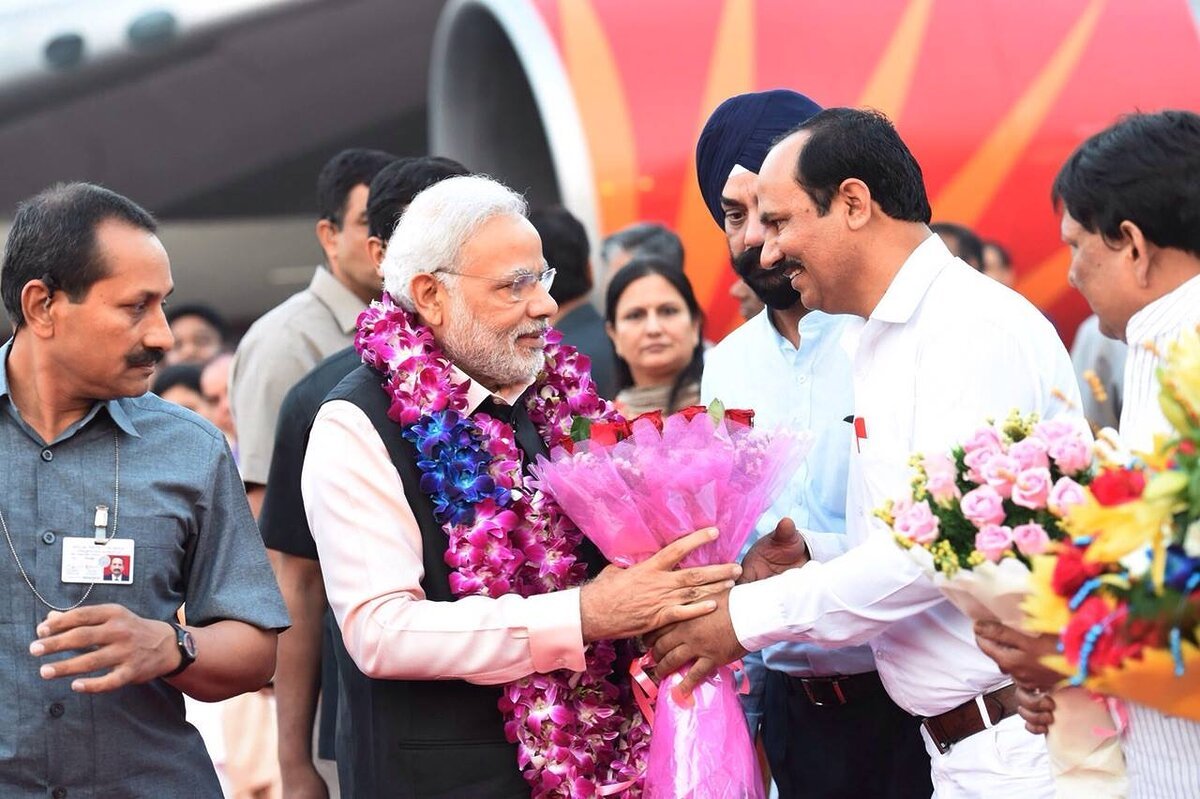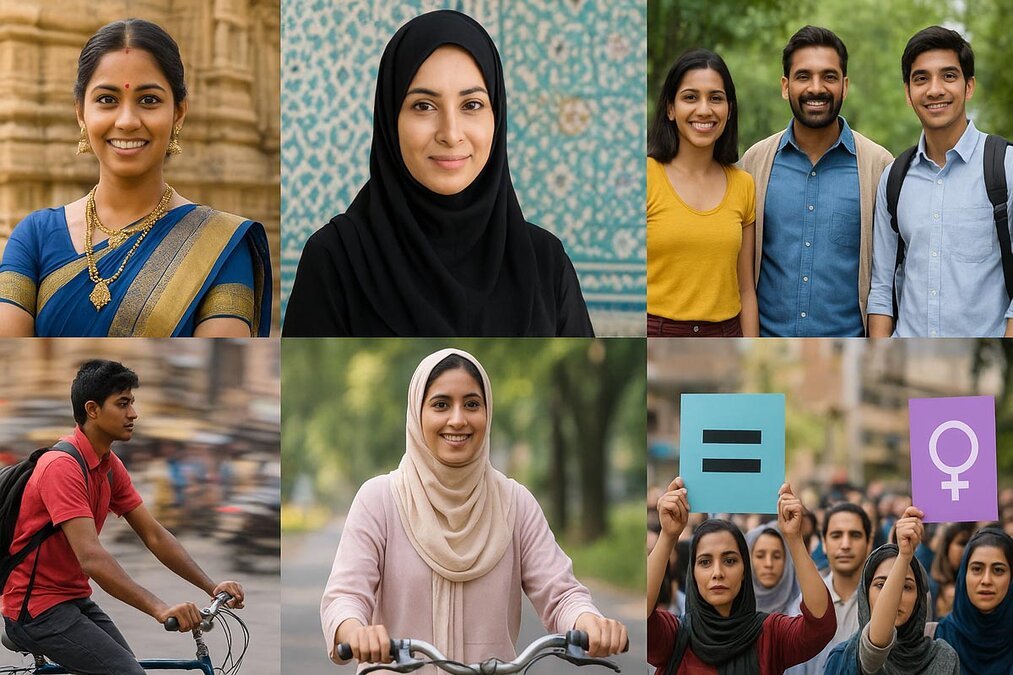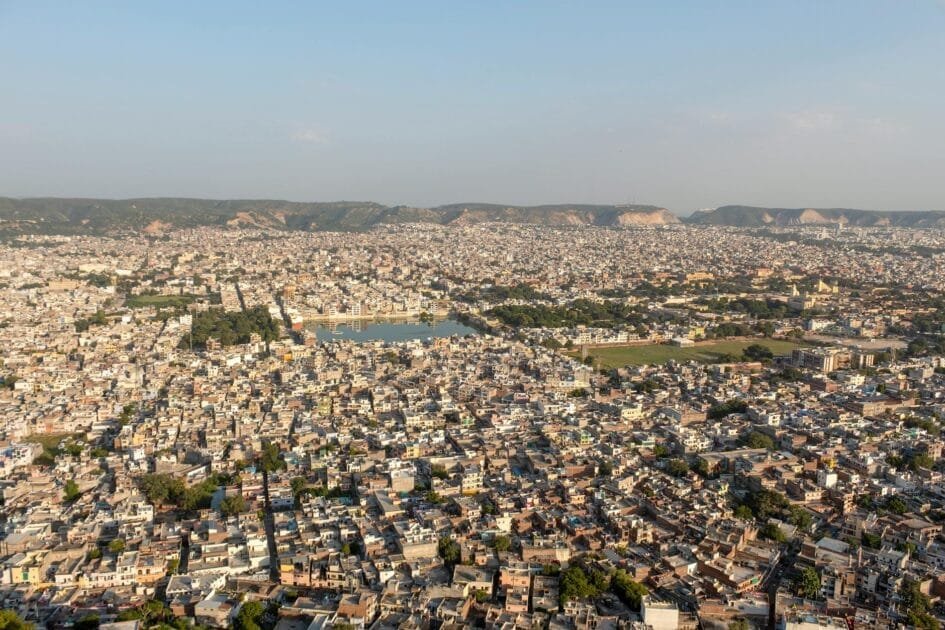India vs Iran has always been a fascinating comparison between two of the world’s oldest civilizations. Both nations have influenced global history through their culture, philosophy, literature, and politics. Yet, while India thrives as a diverse democracy, Iran functions as a theocratic republic. This article explores the differences and similarities between India and Iran, covering culture, equality, lifestyle, economy, and the challenges both countries face in the modern world.
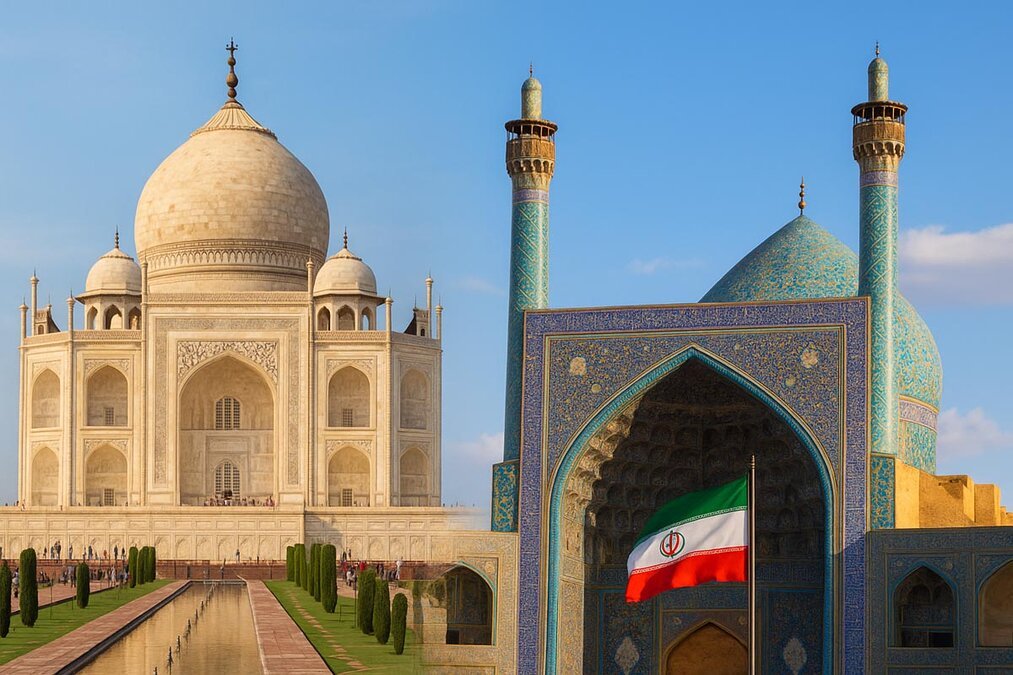
India vs Iran: Historical and Cultural Foundations
India and Iran share centuries of cultural exchange. Ancient Persia and the Indian subcontinent were connected through trade routes, migrations, and intellectual dialogue. Persian scholars and poets like Ferdowsi and Rumi inspired Indian thought, while Persian became the official court language of the Mughal Empire.
- India: A diverse cultural canvas shaped by Hinduism, Buddhism, Jainism, Islam, Sikhism, and colonial encounters.
- Iran: Rooted in Zoroastrianism, transformed by Islam, and known for its distinctive Persian identity in art, poetry, and architecture.
Both countries value family bonds, hospitality, and respect for tradition, but India’s pluralism contrasts with Iran’s more uniform cultural identity.
India vs Iran: Religion and Social Structures
- India: A secular republic where Hinduism dominates, but Islam, Christianity, Sikhism, Buddhism, and others thrive. Religious diversity has often sparked both cooperation and conflict.
- Iran: An Islamic Republic with Shi’a Islam as the state religion. The constitution incorporates Islamic law, and religion deeply influences governance and daily life.
India’s multi-faith system fosters pluralism, while Iran’s theocratic model emphasizes religious homogeneity.
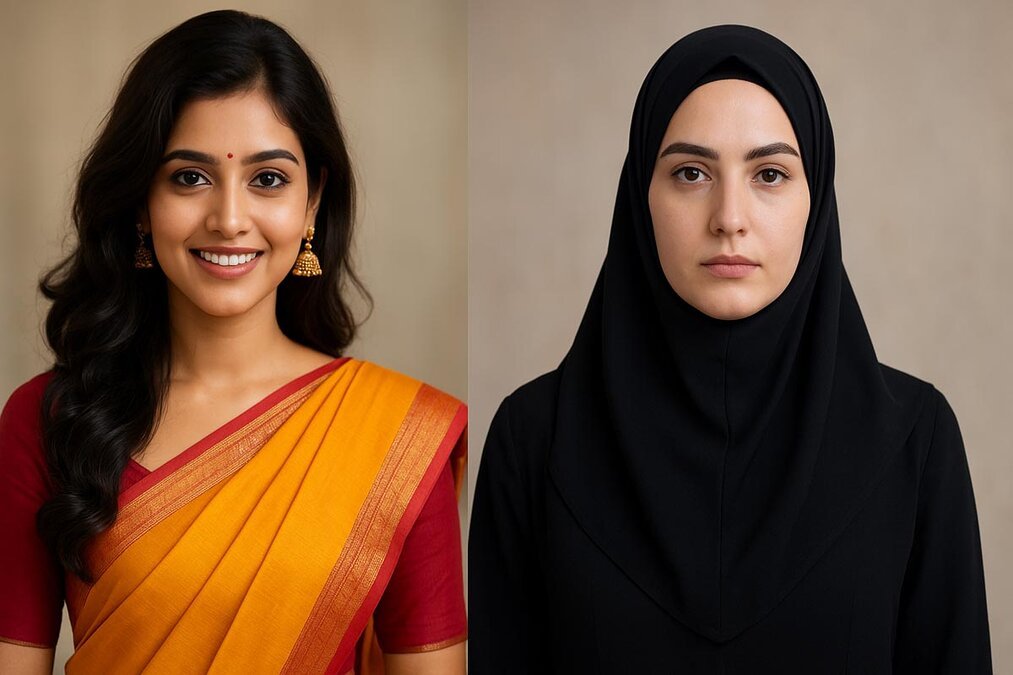
India vs Iran on Gender Equality and Women’s Role
India
Women in India enjoy constitutional rights to education, employment, and political representation. However, issues like gender-based violence, dowry practices, and workplace inequality remain serious challenges. Progressive states in South India fare better in literacy and gender equality compared to northern states.
Iran
Iranian women are highly educated, with strong representation in universities and professional sectors. However, strict dress codes, guardianship laws, and limits on political freedom restrict their autonomy. Recent women-led protests reflect growing demands for gender equality.
Comparison:
- India offers legal equality but struggles with social practices.
- Iran provides educational opportunities but enforces state control over personal freedoms.
According to the World Economic Forum’s Global Gender Gap Report, India ranks lower than Iran in some parameters of health and survival, though it outperforms in political empowerment.
India vs Iran: Lifestyle and Daily Living Compared
- India: A vibrant mix of urban chaos and rural simplicity. From bustling IT hubs like Bengaluru to traditional villages, India reflects contrasts between modern consumerism and age-old traditions.
- Iran: Life in Iran combines Persian traditions with modern aspirations. Tehran is cosmopolitan, while smaller towns preserve Islamic customs and Persian heritage.
Both societies place strong emphasis on family, community, and hospitality, but India’s diversity makes lifestyles more varied.
India vs Iran in Economy and Opportunities
- India: A fast-growing economy, now among the world’s largest. Key sectors include IT, pharmaceuticals, agriculture, and services. India attracts global investment despite infrastructure challenges.
- Iran: Rich in oil and natural gas but hindered by sanctions. The economy relies heavily on energy exports, with agriculture and manufacturing underdeveloped compared to potential.
India’s open-market approach contrasts with Iran’s state-controlled model shaped by sanctions and geopolitics.
The World Bank highlights India as one of the fastest-growing major economies, while Iran’s growth remains constrained by sanctions.
India vs Iran: Education and Modernization
- India: Hosts world-class institutions like IITs and IIMs. Literacy rates have improved dramatically, though rural education still lags. English-medium education gives India a global edge.
- Iran: Boasts high literacy and a strong focus on science and engineering. Iranian universities produce skilled graduates, but international opportunities are restricted due to sanctions.
Both nations value education, but India’s openness to the global economy gives it greater reach.
As per UNESCO data, both India and Iran have made remarkable progress in literacy, though their approaches to higher education differ significantly.
India vs Iran: Food, Fashion, and Arts
- Cuisine:
- India: Richly spiced curries, vegetarian traditions, and regional diversity.
- Iran: Persian rice dishes, kebabs, stews like ghormeh sabzi, and subtle use of herbs.
- Fashion:
- India: Sarees, salwar kameez, kurta, alongside Western attire.
- Iran: Chador and hijab remain mandatory for women, though fashion adapts creatively within limits.
- Arts:
- India: Bollywood, classical dance, literature, and festivals.
- Iran: Renowned poetry, Persian miniature painting, cinema with global acclaim.
India vs Iran: Political Frameworks
- India: A secular democracy with multiparty elections, independent judiciary, and freedom of press (though often contested).
- Iran: An Islamic Republic where the Supreme Leader wields ultimate authority, above elected institutions like the parliament and president.
India promotes pluralism despite internal challenges, while Iran emphasizes religious authority in governance.
Freedom House, in its Freedom in the World Report, categorizes India as “Partly Free” and Iran as “Not Free,” reflecting the differences in political structures.
India vs Iran: Challenges Facing Both Nations
- India: Poverty, caste discrimination, religious tensions, infrastructure gaps.
- Iran: International sanctions, restrictions on freedoms, political isolation.
Both nations struggle with balancing tradition and modernity while responding to global pressures.
India vs. Iran: Key Differences and Similarities
- Similarities: Ancient civilizations, hospitality, strong family values, deep artistic traditions.
- Differences:
- India: Democratic, pluralistic, economically open, socially diverse.
- Iran: Theocratic, religiously homogeneous, sanction-hit economy, socially restrictive.
India vs Iran: Lessons from Each Other
India and Iran are bound by history yet shaped by different destinies. India’s diversity and democracy give it global connectivity, while Iran’s cultural resilience stands out despite isolation. Both countries can learn from each other:
- India can admire Iran’s literary heritage and emphasis on education.
- Iran can draw from India’s democratic inclusivity and openness.
Their shared past offers a reminder that civilizations flourish not through uniformity but through dialogue, diversity, and adaptation.
AryaLekh (DoFollow)
- In the Economy Section (India’s growth vs Iran’s sanctions): India’s economy continues to expand despite challenges, offering relief measures like GST 2.0 reforms that support middle-class families and small businesses during festival seasons.
- In the Geopolitical/Regional Politics Section (India & neighbors): Regional instability also shapes India’s foreign policy. For instance, recent events in Nepal, where Gen Z protests led to PM Oli’s resignation, highlight the shifting dynamics of South Asia that both India and Iran must consider.

